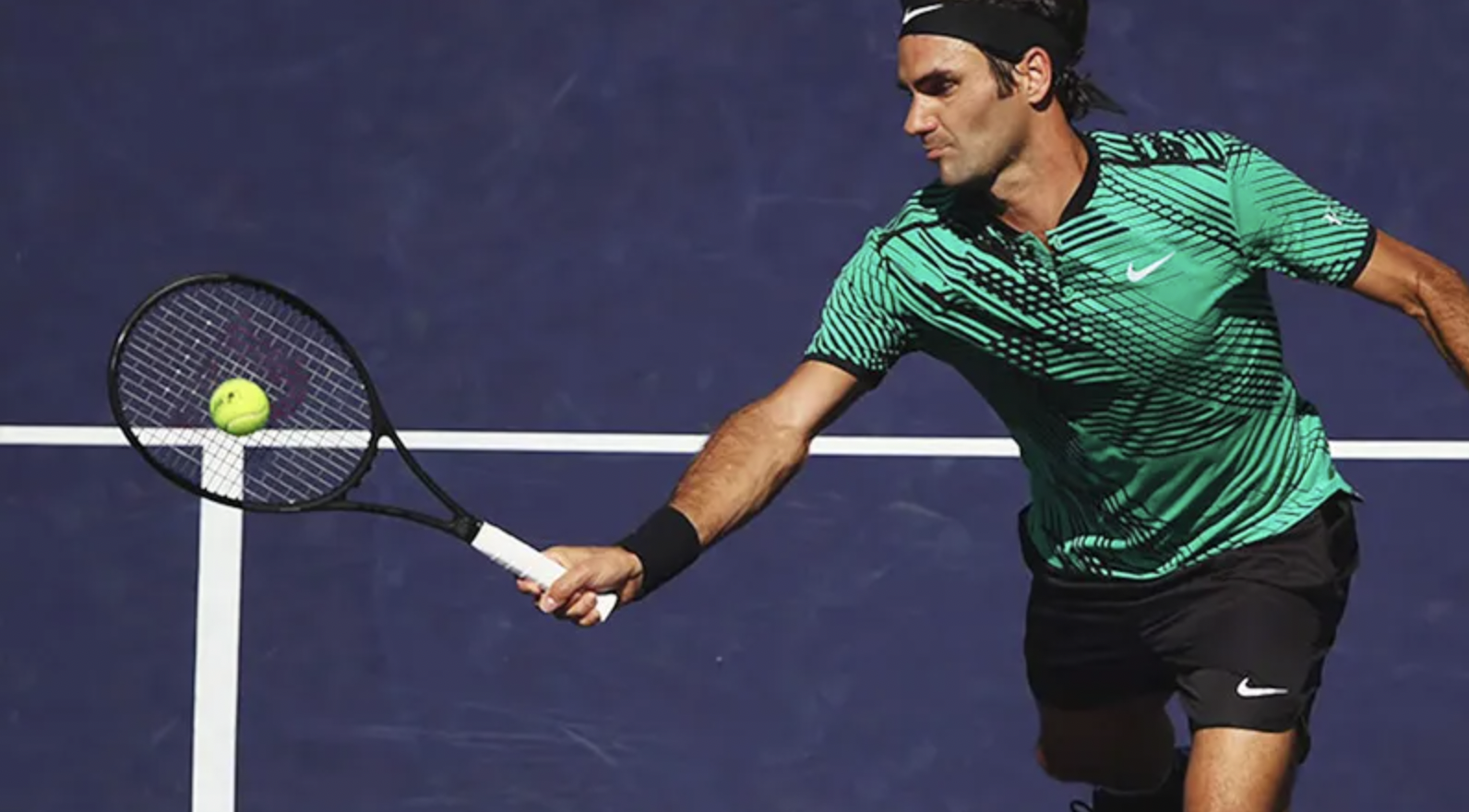
The game of tennis is physically demanding and requires all your muscles to work together for a long time. Tennis is also a mental game, which requires players to figure out the best shot to use in order to win the point quickly. In order to determine the best strategy for winning, you must know this guide by thetennispredict when and how to use the correct grip for different shots.
Tennis Grips: 4 Types to Tight your Game
For consistent, powerful groundstrokes and shots, players can use different types of tennis grips. The handle has eight bevels, each with a different angle. Depending on whether you’re right-handed or left-handed, every racket grip will line up with a different bevel at the top of the racket. Take a look at this list of best tennis grips for sweaty hands:
- The Continental grip: Right-handed players should line up the palm side of their index knuckle with bevel #2, while left-handed players should line up with bevel #8. If you use an Eastern grip, you’ll have the best performance when slice serving and overheads, dropping shots, and volleying with your tennis racket. With Continental grips, you are able to pick up shots easily, add sidespin or underspin easily, and easily handle low balls. Power and topspin, which are crucial to controlling the tennis ball, are not enhanced with the Continental grip.
- The Eastern grip: Right-handed players can find the Eastern forehand grip by counting to the right to find bevel #3 and placing the base of their index fingers there. Right-handed players should bevel #7, while left-handed players should bevel #8. Tennis players can hit flat shots with eastern grips, resulting in more power and speed. A kick serve can also be executed well using the Eastern backhand grip. In contrast, an Eastern grip provides less topspin and less reliability for hitting balls at the baseline that bounce high than a Western or Semi-Western grip.
- The Semi-Western grip: This grip falls between the Eastern and Western grips, and is one of the easiest to play with. A right-handed player uses bevel #4, and a left-handed player uses bevel #6. In addition to clay, grass, and hard courts, the Semi-Western grip is great for all types of court surfaces. Furthermore, it is perfect for changing grips between forehand and Continental grips for baseline play and serving and volleying. In some cases, low balls can be difficult to return successfully with this grip due to its closed tennis racket face.
- The Western grip: Maximum topspin can be generated with this grip, a variation of the Semi-Western grip. You can take advantage of clay courts’ slow pace with the Western grip, and the spin helps keep high balls in play. Due to the slightly closed racket face, low balls and changing grips quickly can be problems. Beginners may also have a hard time learning western grips. If you play with a Western grip, you must use the fifth bevel on the handle, regardless of which hand you use.

James is a great tech-geek and loves to write about different upcoming tech at TechyZip. From Android to Windows, James loves to share his experienced knowledge about everything here.

Leave a Reply